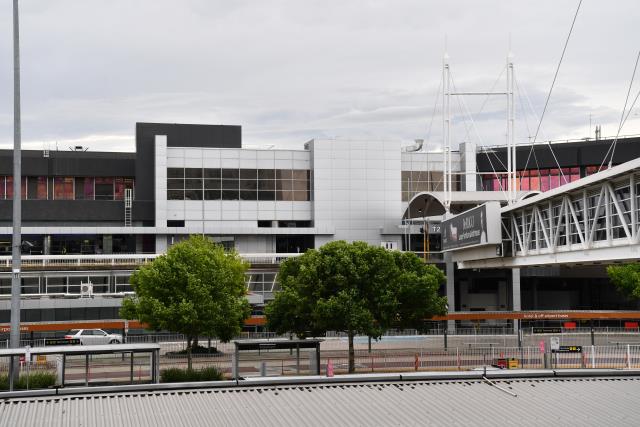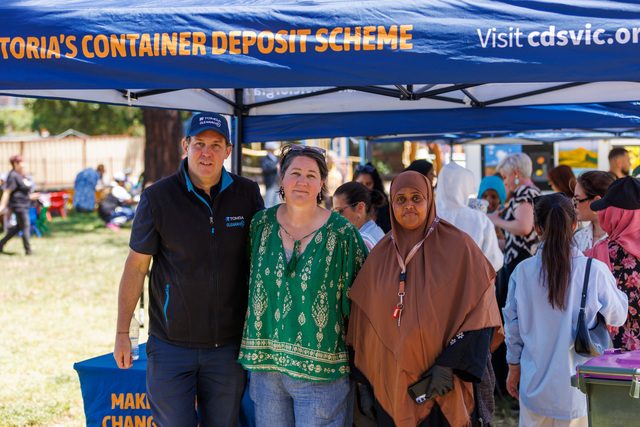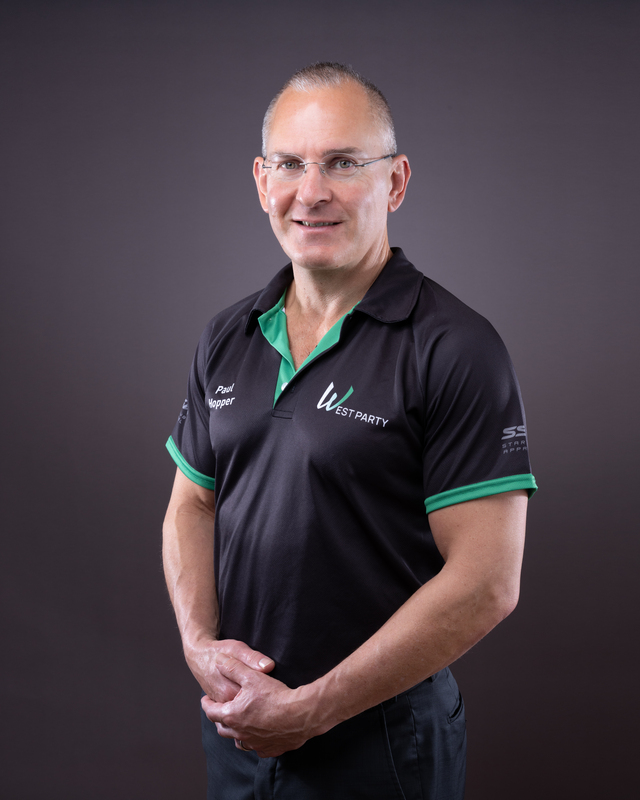Melbourne Airport’s third runway has been given the green light by the federal government, but not everyone has welcomed the decision.
On Friday, Infrastructure, Transport, Regional Development and Local Government Minister Catherine King announced she had approved a development plan for the new north-south runway – submitted to the government 19 months ago.
She said the runway meets the demands of a “growing city“. It will be completed in 2031.
“Melbourne’s third runway will bring it in line with Sydney and other globally-competitive airports,” she said.
“Throughout my consideration of this proposal, the needs of the local community have been front of mind.”
Ms King said “certain conditions” had been imposed on Melbourne Airport to reduce community impact, including restoration of the east-west runway to maximise the opportunities for noise sharing, and the implementation of a noise amelioration program to communities most impacted.
“The noise sharing plan will be developed by the airport, and in consultation with local communities, over the years to come,” Ms King continued.
“This is a long-term project – the runway won’t be open for some time.”
No Third Tulla Runway group member Shannon Meilak said the minister had let down the community.
“Melbourne Airport just wants to be the biggest and best … and they aren’t considering the community in their decisions,” Ms Meilak said.
“I look at it and think, do we actually really need this runway? We have an international airport sitting out at Avalon being largely unused.
“Geelong are screaming for more aviation to go their way to increase and bolster tourism, and instead they’re going to put more in Tullamarine.”
Melbourne Airport chief executive Lorie Argus welcomed the approval from the federal government, and looks forward to an upgraded capacity of the airport.
“The runway project will secure 51,000 jobs in Victoria’s tourism, agriculture, education and other export industries, and will help add an additional $6 billion a year to the state economy,” she said.
“The new runway will require new flight paths, and as part of this project we will be facilitating noise attenuation for dwellings in the most impacted areas.”







